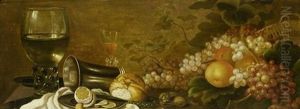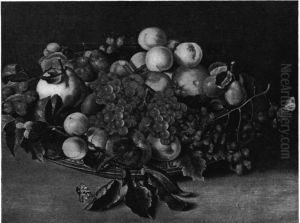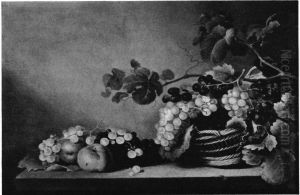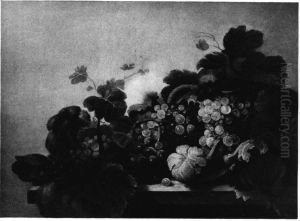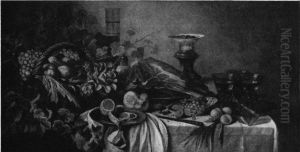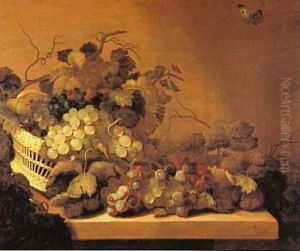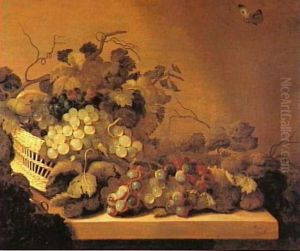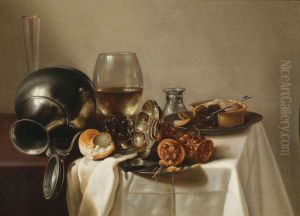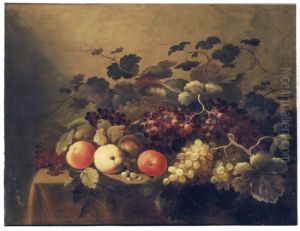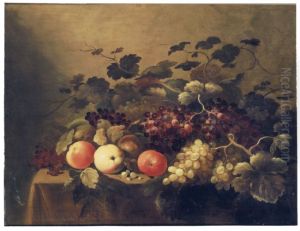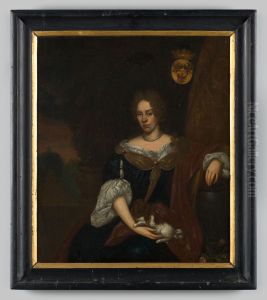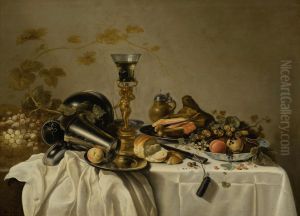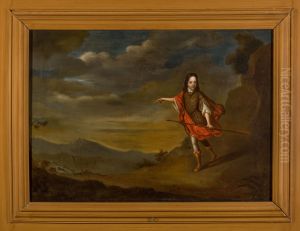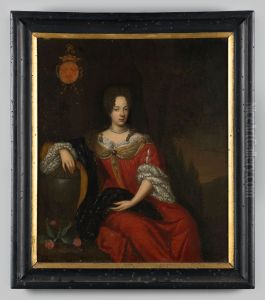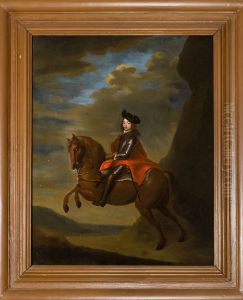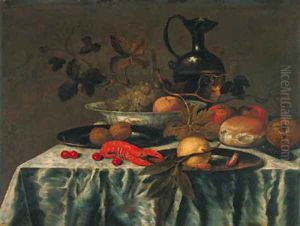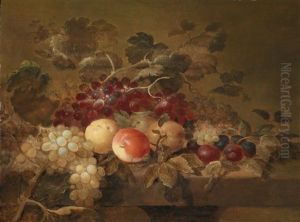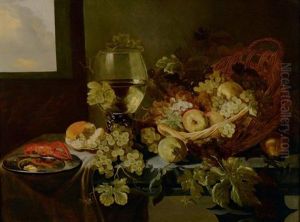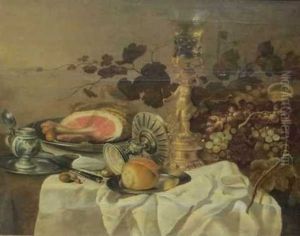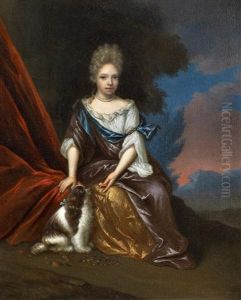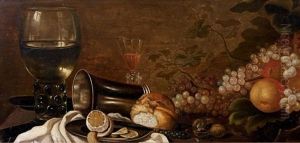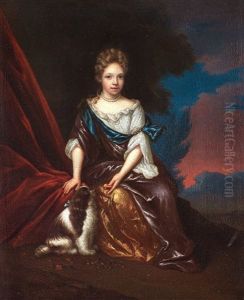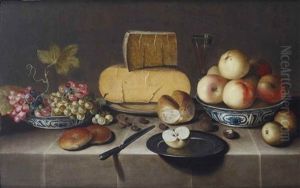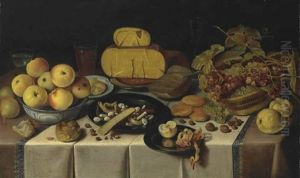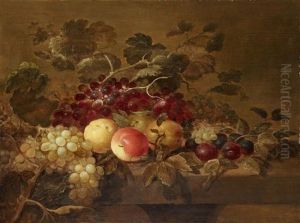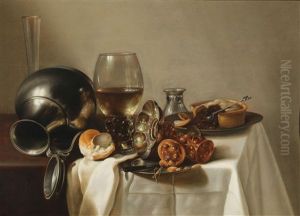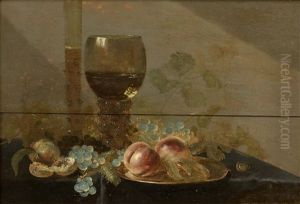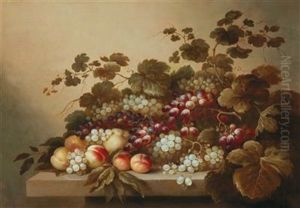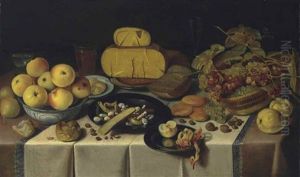Roelof Koets Paintings
Roelof Koets was a Dutch Golden Age painter known for his still life and banquet pieces. While the exact date of his birth is not precisely known, historical records suggest he was born around 1592 or 1593. Koets was active in the town of Haarlem, which was a significant cultural center in the Netherlands during the 17th century. The city was home to the Haarlem Guild of St. Luke, an association of artists, and Koets became a member of the guild in 1616.
Throughout his career, Koets developed a style that was typical of the Haarlem school of painting. His works often featured sumptuous displays of food and drink, elegant tableware, and richly decorated interiors which reflected the wealth and prosperity of the Dutch Republic during its Golden Age. His compositions were carefully arranged, with attention to detail and a strong sense of order, which was characteristic of the still life genre in the period.
Koets's paintings were appreciated for their decorative quality and their ability to capture the textures and surfaces of the materials he depicted. Like many of his contemporaries, he paid great attention to the play of light on different objects, enhancing the realism of his works. Koets's contribution to the still life genre helped to establish its popularity in the Netherlands, and he influenced subsequent generations of still life painters.
Unfortunately, despite his noteworthy contributions, Roelof Koets did not achieve the same level of fame as some of his contemporaries, such as Willem Claesz Heda or Pieter Claesz, and as a result, details about his personal life and training are somewhat obscure. What is known is that he had a son, Roelof Koets II, who also became a painter, although his work is less well-known than that of his father.
Roelof Koets passed away in 1654 in Haarlem. His works continue to be studied and appreciated for their role in the development of the still life genre, and they can be found in various art collections, museums, and galleries around the world.
